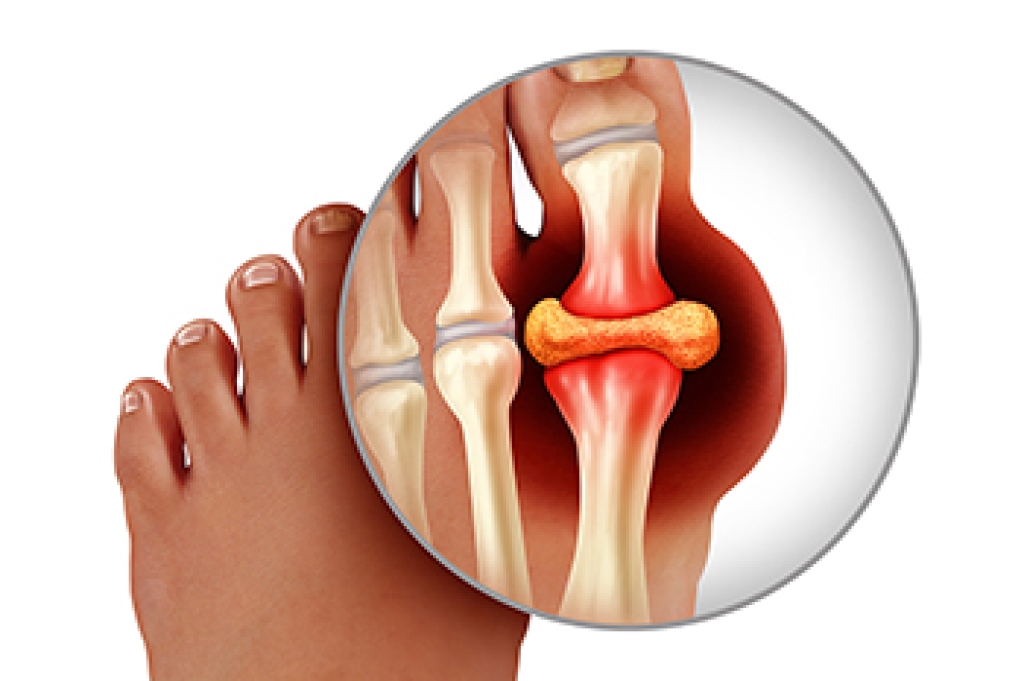
Ingrown toenails can turn a simple step into a sharp reminder that something is not quite right. They often begin when the nail edge grows into the surrounding skin, creating tenderness, swelling, and redness. Many people try to manage the discomfort at home, but there are clear moments when professional care becomes important. Increasing pain, persistent drainage, or signs of infection signal that the issue is progressing. People who have diabetes, circulation concerns, or nerve problems should be especially cautious because even a mild ingrown nail can lead to complications. A podiatrist can gently remove the offending nail edge, reduce inflammation, and help prevent the problem from returning. If you have an ingrown toenail and notice worsening pain, recurring irritation, or any symptoms that worry you, it is suggested you see a podiatrist for proper evaluation and appropriate treatment.
Ingrown toenails may initially present themselves as a minor discomfort, but they may progress into an infection in the skin without proper treatment. For more information about ingrown toenails, contact one of our podiatrists of Houston Foot and Ankle. Our doctors can provide the care you need to keep you pain-free and on your feet.
Ingrown Toenails
Ingrown toenails are caused when the corner or side of a toenail grows into the soft flesh surrounding it. They often result in redness, swelling, pain, and in some cases, infection. This condition typically affects the big toe and may recur if it is not treated properly.
Causes
- Improper toenail trimming
- Genetics
- Improper shoe fitting
- Injury from pedicures or nail picking
- Abnormal gait
- Poor hygiene
You are more likely to develop an ingrown toenail if you are obese, have diabetes, arthritis, or have any fungal infection in your nails. Additionally, people who have foot or toe deformities are at a higher risk of developing an ingrown toenail.
Symptoms
Some symptoms of ingrown toenails are redness, swelling, and pain. In rare cases, there may be a yellowish drainage coming from the nail.
Treatment
Ignoring an ingrown toenail can have serious complications. Infections of the nail border can progress to a deeper soft-tissue infection, which can then turn into a bone infection. You should always speak with your podiatrist if you suspect you have an ingrown toenail, especially if you have diabetes or poor circulation.
If you have any questions, please feel free to contact our offices located in Kingwood, Humble, The Woodlands, and Conroe, TX . We offer the newest diagnostic and treatment technologies for all your foot care needs.




